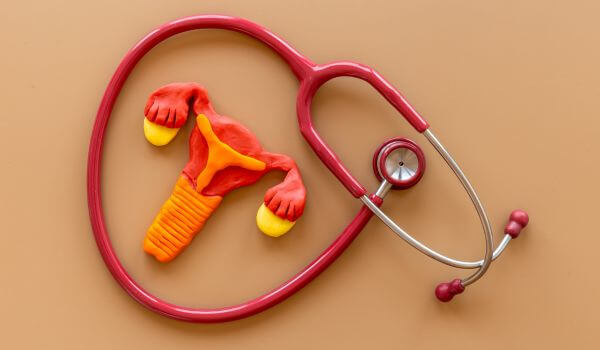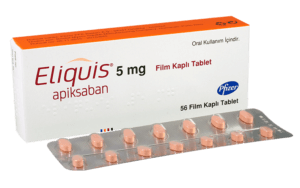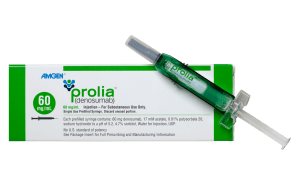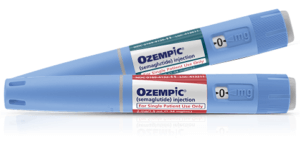When statistics are published for the purpose of directing government and health-sector planning, there is a focus on what is known as DALYs, which measures Disability-Adjusted Life Years – in other words, for how long can people with a specific disorder expect to live? However, the approach takes away the spotlight from estimates of years lived with disability (YLDs). This, unfortunately, has particular consequences for disabling diseases that do not cause early death – such as headache disorders, because it reduces the measure of difficulty when it comes to managing migraines.
The Journal of Headache and Pain reported in 2020 that globally, migraine is the second highest cause of YLDs. Migraine affects about fifteen percent of the US population and is one of the most common and debilitating conditions encountered by primary care providers. About one in ten patients complain of a headache to their healthcare providers, and two-thirds of these patients have migraines. Yet, the condition often goes undiagnosed and, consequently, is untreated.
How doctors diagnose migraine in primary care
Migraine is a chronic neurologic disorder, not an episodic headache. It is understood to be an inherited, chronic neurologic disease with recurrent episodic attacks. Migraine is often misdiagnosed as a secondary or sinus ( or sinusitis) headache. The American Migraine Study II showed that almost 50% of participants who received a diagnosis of migraine were unaware that they had the condition prior to taking part in the study. Among the most common misdiagnoses was sinus headache.
In a study published by the Journal of Head and Face Pain in January 2022, it was reported that of the patients who meet criteria for migraine prevention, roughly 75% are not currently using a migraine-preventive medication or a triptan medication to abort an acute attack.
What makes a migraine different from secondary headaches?
Migraine is an episodic disorder, most commonly consisting of severe headache mostly on one side, usually with light sensitivity (photophobia), sound sensitivity (phonophobia) and/or nausea, sometimes with vomiting. Migraine typically affects more women than men. For women, it often peaks during two phases of life, puberty and perimenopause.
Migraine can lead to significant amounts of mental and physical stress, as well as financial, social and personal burden when not properly addressed.
Migraine attacks typical present in distinct phases:
- Prodrome: commonly 24-48 hours prior to headache. It may include yawning, mood changes, food cravings, gastro-intestinal symptoms, increased sensitivities or neck stiffness
- Aura: In many cases, an aura is a strong indicator of a coming migraine which starts about half an hour before the migraine itself, lasting about 20 minutes. The most common auras are visual, such as blurred or distorted vision, blind spots, brightly colored and flashing or moving lights or lines. Other auras may include changes in speech, movement, hearing, smell, taste or touch.
- Headache: The specific features that differentiate migraines from secondary headaches are at least two out of these features:
- Unilateral location (felt only on one side)
- Pulsating or throbbing quality
- Moderate to severe intensity
- Aggravated by or causing avoidance of routine physical activity
- Postdrome: often feeling drained and exhausted, although at times feelings of mild elation or euphoria
For a diagnosis of migraine, as defined by the third edition of the International Classification of Headache Disorders (ICHD-3), doctors should detect the following:
- At least five or more attacks in the patient’s lifetime
- Headache attacks lasting four hours up to three days
- At least two out of the four headache features listed above
- At least one of the features of a typical aura
What episode medications should you be talking about with your healthcare providers?
Although migraines are not curable, managing migraines is possible. There are several medications that can relieve the acute pain or shorten the duration of a migraine attack. The main form of this medication is based on triptans, which work by stimulating serotonin receptors (5HT receptors) in the brain. Natural serotonin acts on these receptors and causes blood vessels in the brain to constrict. Triptan induces this action by directly stimulating the serotonin receptors. These drugs are prescribed in different strengths according to the patient’’s age and body mass.
Drug |
Effects |
| Amerge | Generic name naratriptan |
| Relpax | Generic name eletriptan |
| Imitrex , Imigran | Generic name sumatriptan |
| Nurtec | Generic name rimegepant |
| Zomig | Generic name zolmitriptan |
What can help to reduce the incidence of migraines?
Triptans can help by managing migraines, reducing the length and level of a migraine headache, but don’t have a specific effect of reducing the number of episodes. There are a few alternative approaches. One of the main steps is to eliminate the triggers that can set off a migraine attack. Amongst these are:
| Sleep deprivation | It is essential to get enough quality sleep – around 8 or 9 hours for children and teenagers and 7 to 8 for adults. |
| Caffeine-loaded beverages and drinks (coffee, tea, colas etc.) | Drinking these regularly can create dependence, triggering severe headaches when you don’t get a dose. Avoiding caffeine in general is advisable. |
| Dehydration | If active or sweating, increased water intake is necessary. Try to drink enough to need the restroom at least every 2 to 3 hours. |
| Food | For some people, missed meals can trigger attacks, and there may be specific food triggers for headaches, including bananas, strawberries, chocolates, foods with MSG (processed meats), red wine or pungent cheeses. |
| Heat & Sunlight | Hot weather, bright lights or sunlight can be a headache trigger. Avoid long periods in direct sunlight, and wear sunglasses and a hat outdoors. |
| Stress | Stress is a widespread trigger. Identifying and controlling stress is critical. There are many ways of managing migraines by reducing stress, such as:
|















